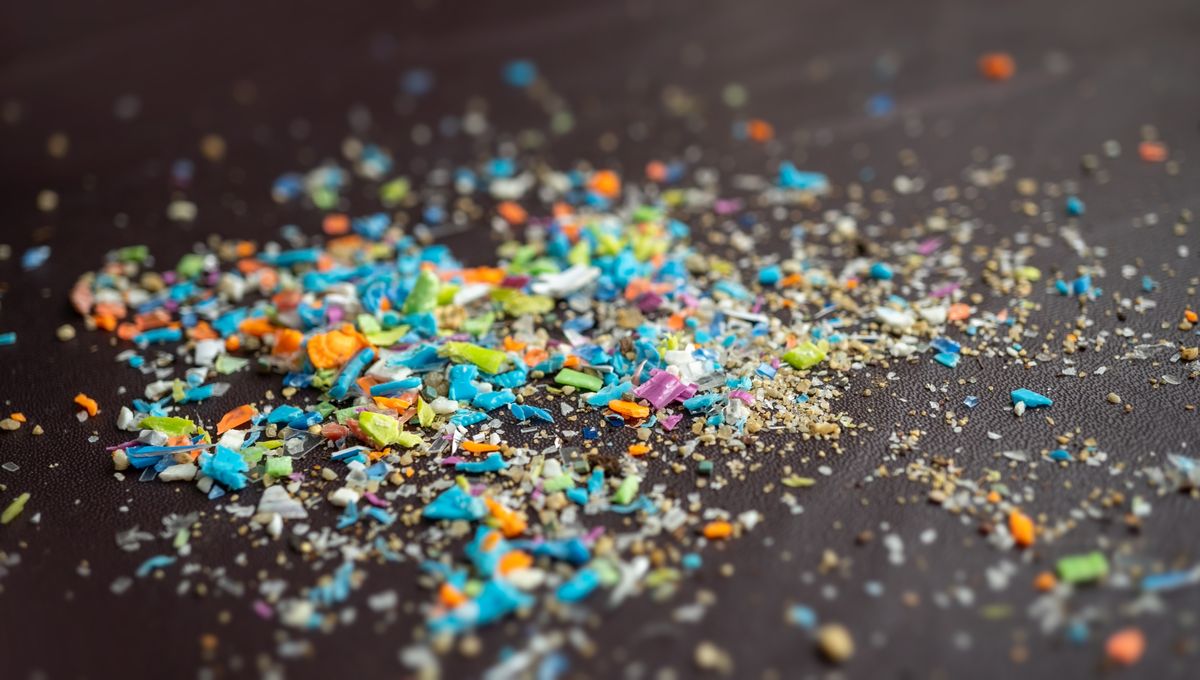
As if microplastics hadn’t been found in enough places in the human body, researchers have just added another one to the list: the fatty deposits that build up in some people’s arteries. But do these tiny plastic fragments pose any extra risk to us? Though far from definitive, this latest study suggests that they might.
Researchers first recruited people undergoing surgery to treat their carotid artery disease, a condition where plaque – which is usually made up of fatty substances like cholesterol, as well as calcium and various different cells – deposits in and narrows the arteries that deliver blood to the brain.
These plaques were removed during surgery and analyzed for their microplastic and nanoplastic (MNP) content. Out of the 257 patients studied, 150 of them had plaques containing the plastic polyethylene, a material that’s often used to make plastic bags and bottles.
But that wasn’t the only type of plastic found; 31 patient’s plaques had polyvinyl chloride, better known as PVC or the plastic that’s used to make sewage pipes and those uncomfortable faux leather trousers.
The researchers then looked at plaque samples under a microscope to get an idea of the size of the plastic fragments. The images revealed jagged shards of foreign particles within the plaques, which the team estimated were almost all smaller than a micrometer in size – that’s less than one-50th the diameter of an average human hair.
The presence of MNPs in plaque is a significant finding in itself, but what about the possible impact on the body? To find out, the researchers followed up patients for nearly three years. At the end of that period, they found that those patients with plaque containing MNPs had a 2.1 times greater risk of heart attack, stroke, or death from any cause, than those who didn’t have plastic fragments.
That being said, the researchers point out that their findings are not definitive evidence that microplastics were to blame for such health events – as the old adage goes, correlation does not equal causation. Other factors in the patients’ health and lifestyles may have put them at risk: diet, exercise, and smoking can all contribute to the chances of having a stroke, for example.
Nonetheless, an editorial accompanying the study, written by epidemiologist Dr Philip J. Landrigan, suggests that the research “raises a series of urgent questions”.
“Should exposure to microplastics and nanoplastics be considered a cardiovascular risk factor? What organs in addition to the heart may be at risk? How can we reduce exposure?” writes Landrigan.
We’ll have to wait and see if future research answers those questions.
The study is published in the New England Journal of Medicine.
Source Link: Could We Soon Be Suffering From “Plastic Attacks”?